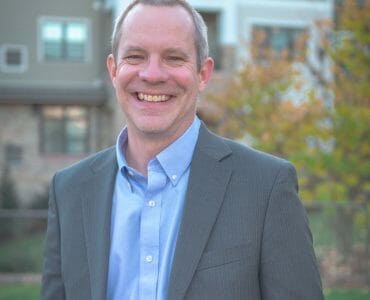June 15 is World Elder Abuse Awareness Day
Elder abuse or mistreatment is an extremely shameful and dark secret buried across the globe. In the U.S. alone, estimations range from 500,000¹ to 5 million² older Americans falling victim to elder abuse, neglect, and/or exploitation annually. As one begins to pour over these statistics and details, you quickly realize several things. First, it’s an extremely hard number to capture. Much of the discrepancy is due to varied estimations of unreported cases that certain studies factor into the final numbers. Sadly, many cases go unreported because the victims are unable, afraid or don’t realize they are being victimized. Furthermore, some studies also include self-neglect into the totals, and some tallies only include unique persons rather than multiple reports linked to one person. These can all skew the numbers.
But more importantly, whatever the exact number is, it’s not as significant as the epidemic itself and the fact that the vast majority of abusers are family members (approximately 90%).³ Regardless of how these cases are measured or who is doing it, it’s a huge problem and is only expected to get worse. The anticipated ascent of elder abuse is predicated on the mere fact that the number of seniors continues to grow. For one, we are all living longer, which is wonderful; however, it simply leaves more opportunity to fall victim to one of these crimes. Furthermore in the U.S., with the influx of baby boomers, the number of Americans age 65+ will jump from the nearly 43 million of today to a projected 72 million by 2030. Additionally, this swell is in jeopardy due to a major shortfall of caregivers to assist those in need. More seniors plus fewer caregivers creates more stress, which contributes to caregiver burnout, which often yields more abuse and neglect.
Lastly yet crucially, this problem is theoretically “curable.” Unlike a disease epidemic which thrives naturally, elder abuse is a conscious decision, a terrible act that requires physical, emotional and or financial contempt.
Awareness, Education and Legislation are Imperative
On June 15, 2006 the International Network for the Prevention of Elder Abuse (NPEA) and the World Health Organization (WHO) at the United Nations launched World Elder Abuse Awareness Day (WEAAD). Since then, WEAAD is recognized every June 15 as a time to reflect and to vanquish the abuse that occurs to so many on a daily basis across the world. And though it is one day out of the year, World Elder Abuse Awareness Day can help spark change all year long.
As with most causes and crusades, awareness, education and legislation is imperative to halting the progression of elder abuse, neglect and exploitation. WEAAD certainly brings attention to the issue; however, more can be done by anyone who has an aging relative, friend, client or patient that could be a target. We all can learn to be more vigilant in identifying and reporting these infractions, even if that abuser is another family member. The National Center on Elder Abuse has a very simple list of “Red Flags of Elder Abuse” that help identify neglect, financial abuse/exploitation, psychological/emotional abuse, and sexual/physical abuse. Additionally, all 50 states have elder abuse hotlines for reporting violations, which typically feed into the state’s Department of Aging.
As with many issues that seniors face, I believe awareness about elder maltreatment is gradually getting more attention. The volume and influence that baby boomers possess has begun to increase our sensitivity and mindfulness of this of this growing issue. Enacted as part of the Patient Protection and Affordable Care Act (PPACA) in March 2010, the Elder Justice Act (EJA) was the first piece of federal legislation passed to authorize a specific source of federal funds to address elder abuse, neglect and exploitation. The Older Americans Act Reauthorization Act (OAA) of 2014 also addresses issues related to abuse and prevention. On a smaller scale, local efforts, such as that of the Dauphin County (Harrisburg, PA) Department of Aging, which recently hired a detective for the county’s Elder Abuse Task Force which was initially formed in 2004.
Like ageism, elder abuse is a problem that each of us could face if we are lucky enough (or not) to live that long. Be a part of the solution and spread the word on June 15 to help increase our vigilance and conquer this issue.
Content sources:
¹ National Center for Injury Prevention and Control via CDC U.S. Centers for Disease Control and Prevention
² Department of Health and Human Services- Elder Justice Roadmap Project Executive Summary
³ National Center on Elder Abuse, Westat, Inc. (1998). The national elder abuse incidence study: Final report. Washington D.C.: Authors






